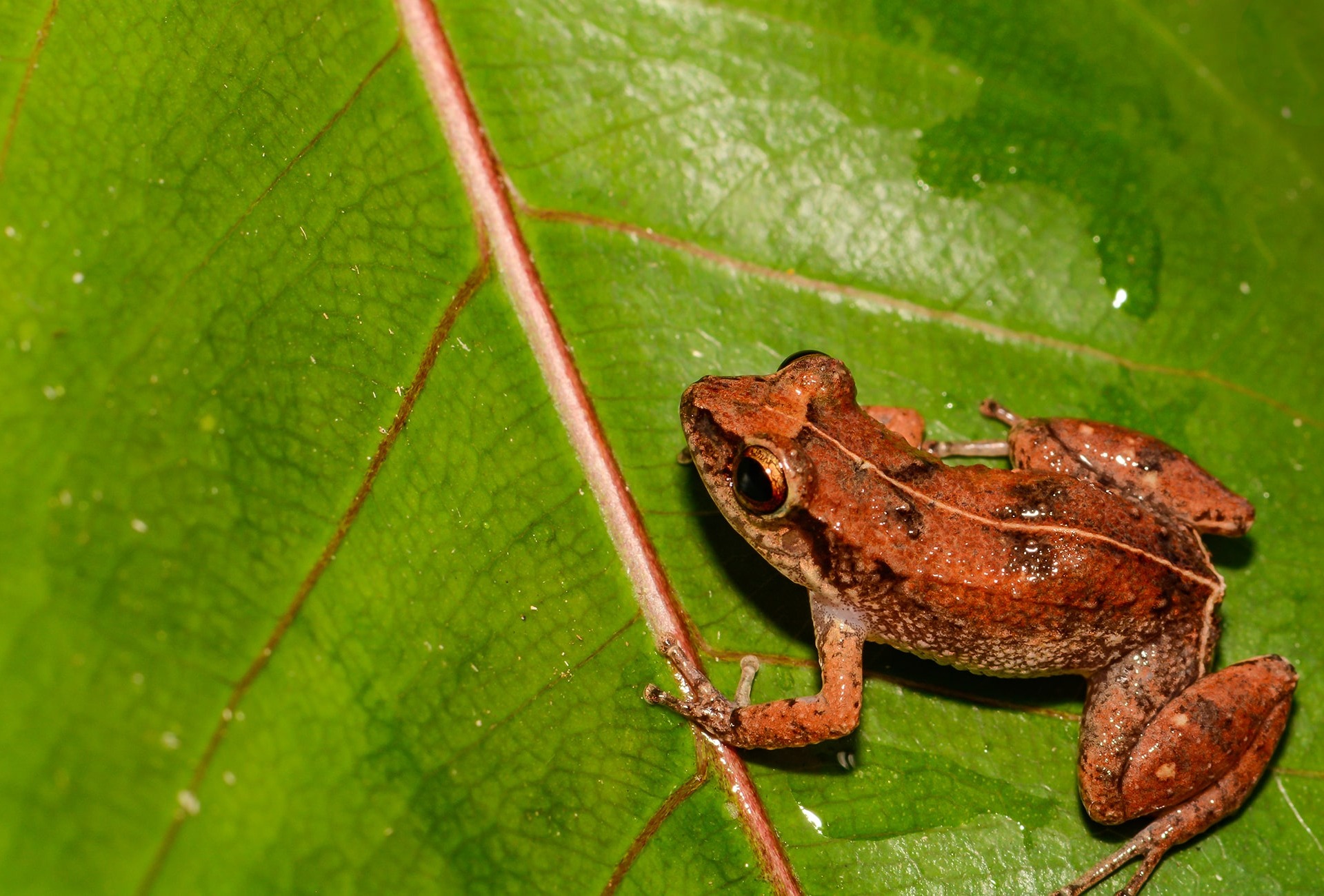
Secure a Safe Haven for Threatened Amphibians
Support More Work Like ThisSupport More Work Like ThisAn extremely rare poison dart frog and a dozen other threatened amphibians face extinction from large-scale avocado farming in Colombia’s Andean rainforest.
-
Species at Risk
Andinobates daleswansoni (EN), Variegated Spider Monkey (CR), Pristimantis tribulosus (CR), Varied White-fronted Capuchin (EN), Pristimantis veletis (CR)
-
Carbon stored
197,182 mT*
*(metric tons of CO2 equivalents) -
Partner
Fundación para la Conservación de la Vida Silvestre en Colombia
-
1,001 Proposed Acres Conserved by
Purchase
-
Project Cost: $1,309,453

1,001
An extremely rare poison dart frog and a dozen other threatened amphibians face extinction from large-scale avocado farming in Colombia’s Andean rainforest.
-
Species at Risk
Andinobates daleswansoni (EN), Variegated Spider Monkey (CR), Pristimantis tribulosus (CR), Varied White-fronted Capuchin (EN), Pristimantis veletis (CR)
-
Carbon stored
197,182 mT*
*(metric tons of CO2 equivalents) -
Partner
Fundación para la Conservación de la Vida Silvestre en Colombia
-
1,001 Proposed Acres Conserved by
Purchase
-
Project Cost: £1,082,192

1,001
At Least
species of endemic amphibians found here are in danger of extinction.
Deep within Colombia’s Andean rainforests, 13 threatened frog and toad species recently identified by scientists cling to survival on just 1,001 acres adjacent to the Selva de Florencia National Natural Park. Without urgent action to protect the area’s intact rainforest, large-scale avocado production will plow over this refuge harboring the rare amphibians found only here.
This region of the Andes is a high-elevation water resource, which makes it attractive to avocado growers, since avocados are a crop that requires a great deal of water. But extensive avocado farming can destroy the water resource for both people and the amphibians who cannot survive without it.
Through this project, Rainforest Trust and our partner Fundación para la Conservación de la Vida Silvestre en Colombia will purchase 1,001 acres to create the Andinobates-Boquerón Reserve for amphibians and other threatened species. The new reserve will also function as a buffer between encroaching cultivated areas and the existing national park.
Header photo: Lesser Antillean Whistling Frog, by Jay Ondreicka
Explore Colombia
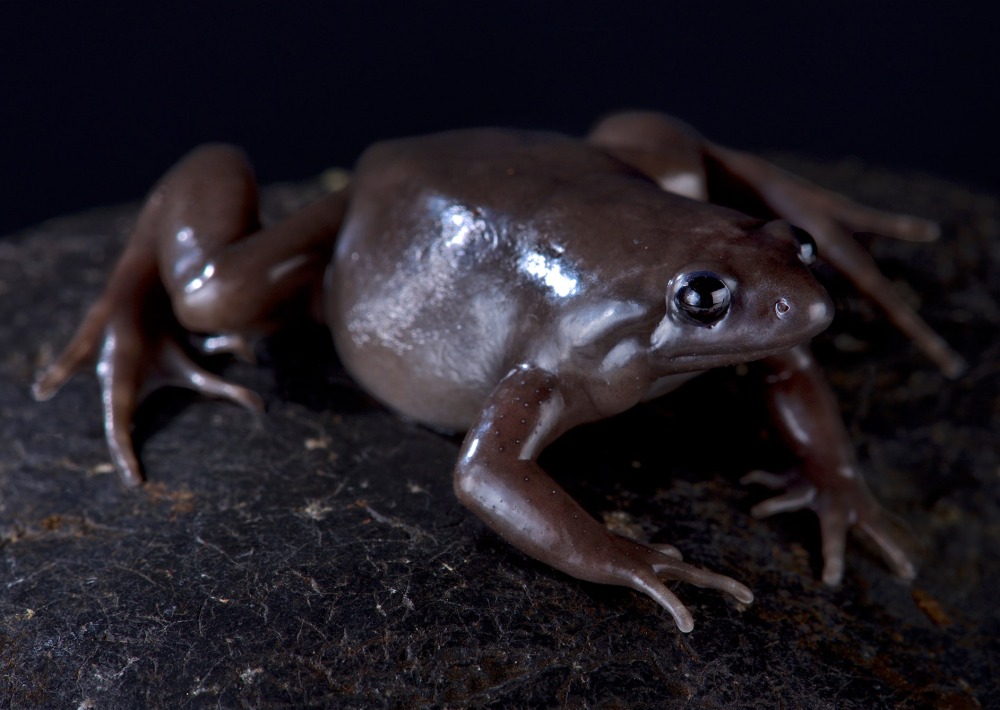
Costa Rica Nelson frog, by reptiles4all
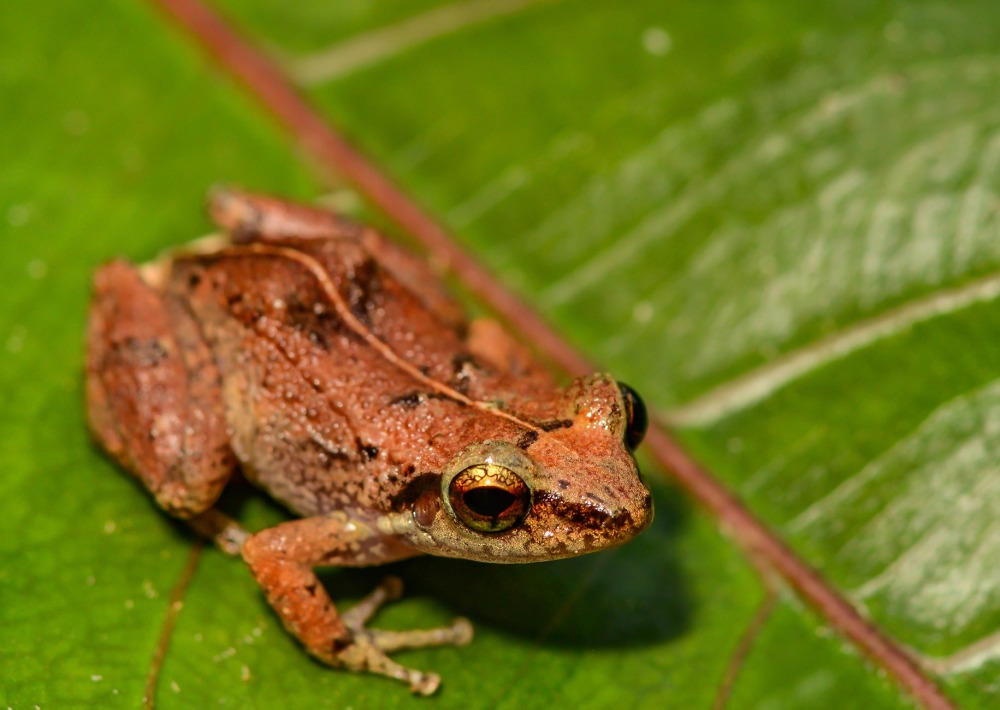
Lesser Antillean Whistling Frog, by Jay Ondreicka
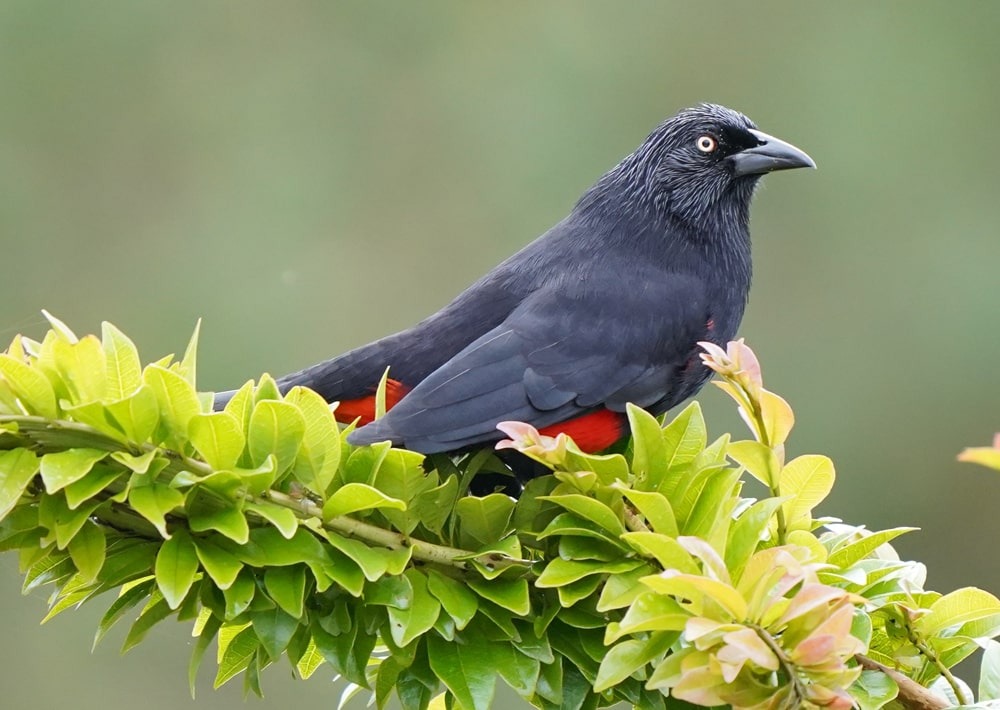
Red-bellied Grackle, by Larivasquez

Yellow-headed Brush Finch, by Alejandro Bayer Tamayo
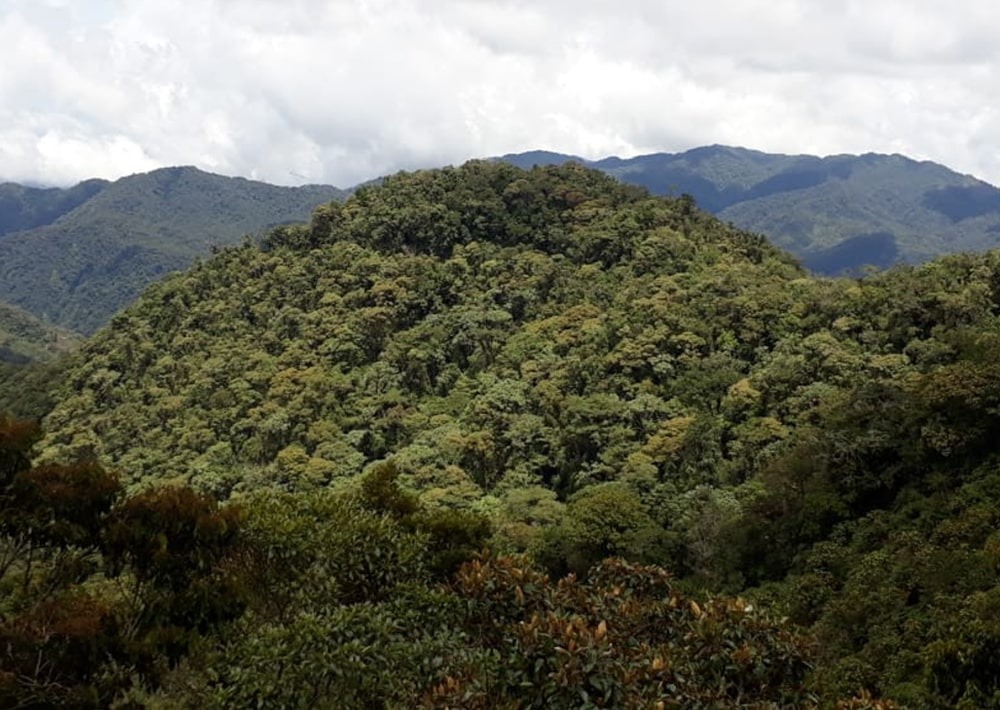
La Montaña Urbano Buitrago, courtesy of FCV
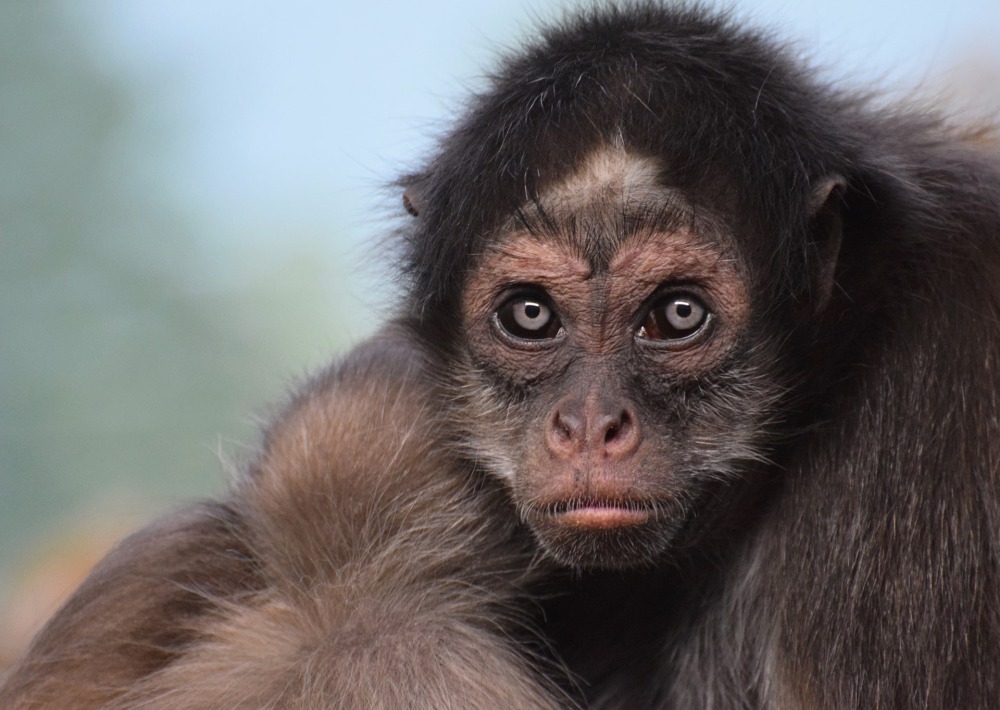
Brown Spider Monkey, by Amani A
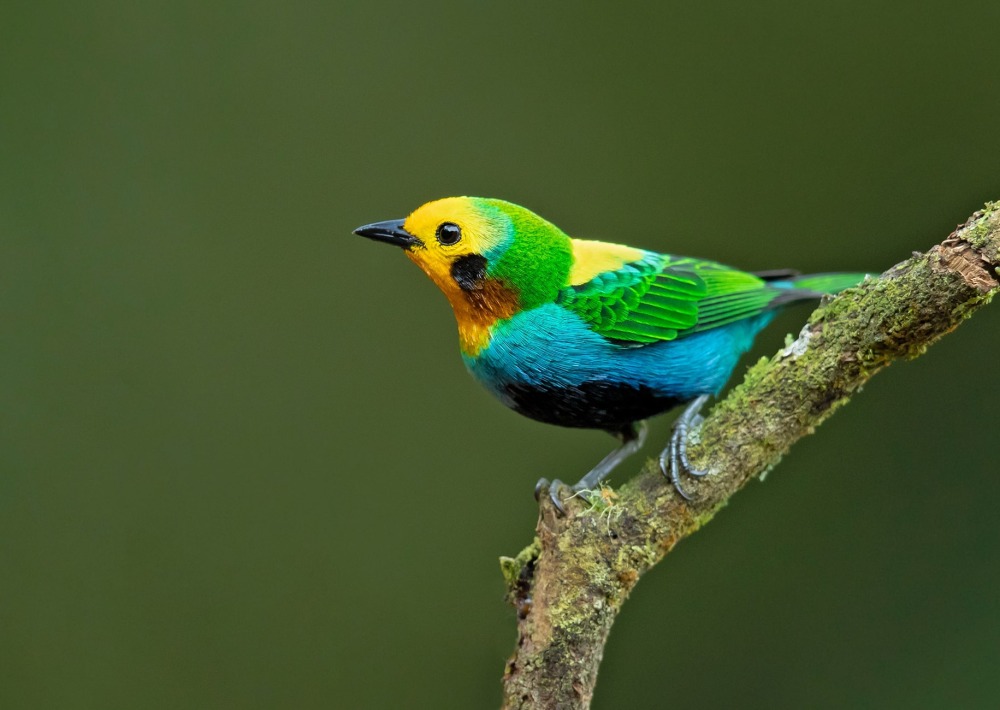
Multicoloured Tanager, by Milan Zygmunt
Protect Rare Restricted-Range Frogs
Over 90% of an endemic poison frog’s population hangs on in the proposed reserve, also the stronghold for two critically threatened amphibians. Its rocky terrain creates unique pockets of habitat well suited for these equally unique, restricted-range amphibians. Conservation efforts were stalled due to a 20-year armed conflict that ended in 2016. Now conservation efforts can advance, but so too can deforestation for farming, threatening the high-elevation habitat and water security for local communities.
Safeguard Endemic Colombian Bird Species
The proposed reserve mirrors the abundance of bird species found in Selva de Florencia National Natural Park, which is designated as an Important Bird Area for both Colombia and global conservation. Four endemic bird species in particular stand out: Stiles’s Tapaculo, Yellow-headed Brush-finch, Multicolored Tanager and the Vulnerable Red-bellied Grackle. It is also a vital habitat for migratory species like Osprey, Olive-sided Flycatcher, Black-and-white Warbler, Canada Warbler, Yellow-throated Warbler and Swainson’s Hawk. The Critically Endangered Brown Spider Monkey also finds refuge here.
Our partner has over 25 years of experience in the area and will continue to engage with local communities to promote ecotourism, bolster sustainability, safeguard habitat, and provide socioeconomic improvements.

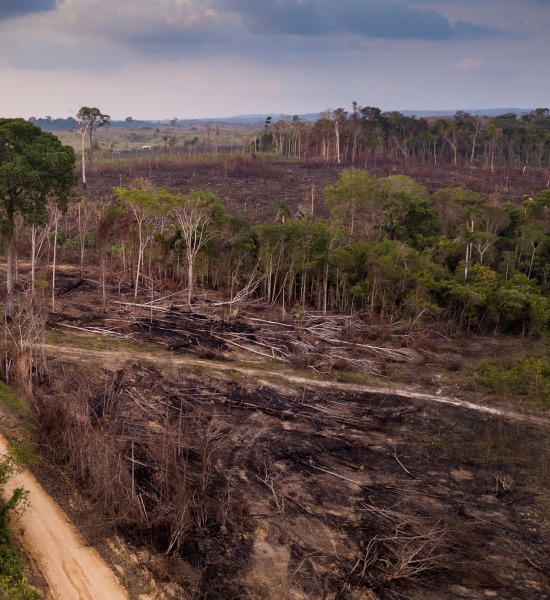
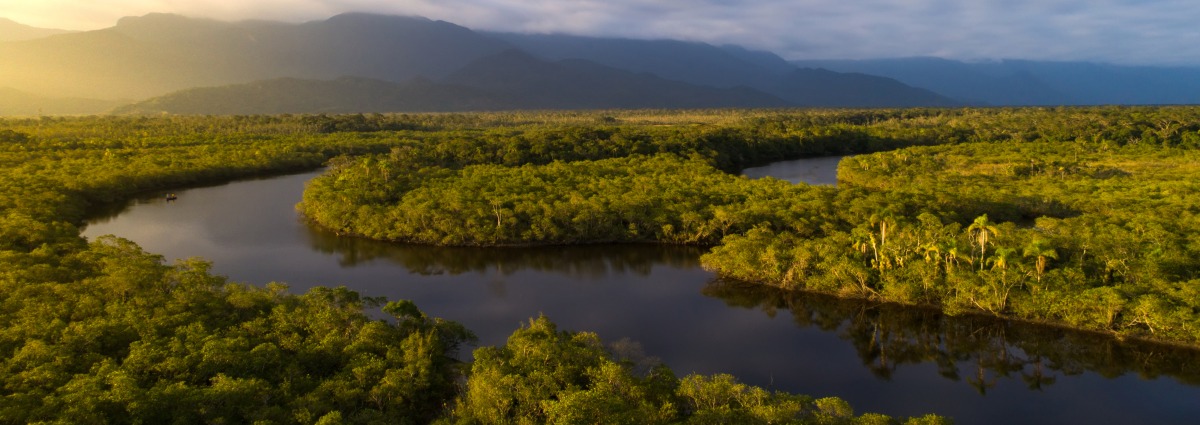
We Value Transparency.
Conservation work is critical, challenging, and can be costly. We work hard to ensure we raise only the funds needed for each project. In the rare case we raise more money than needed or a project comes in under budget, excess monies will be transferred to the Conservation Action Fund. This fund supports our important conservation work throughout the tropics.
Learn more about the Conservation Action FundLearn more about the Conservation Action Fund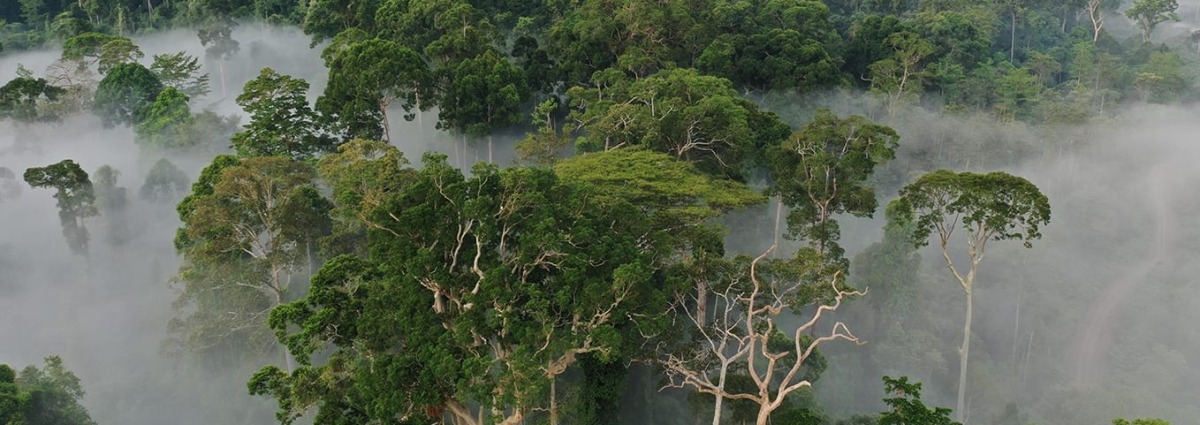
Partnering to Save Rainforest
Our partners’ ability to work with their governments and build strong connections with local communities ensures the successful implementation of our projects.
Learn More About This PartnerLearn More About This Partner
